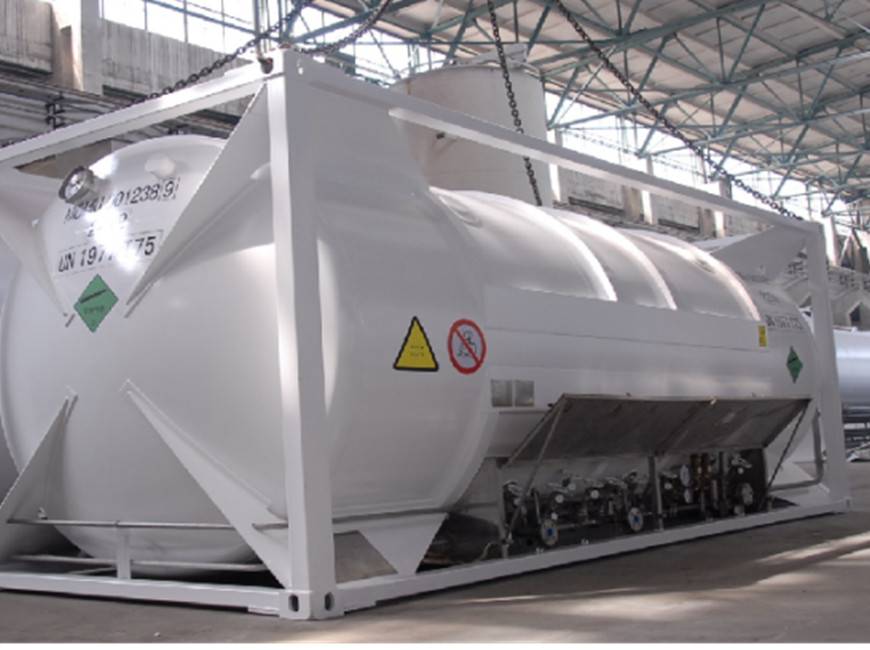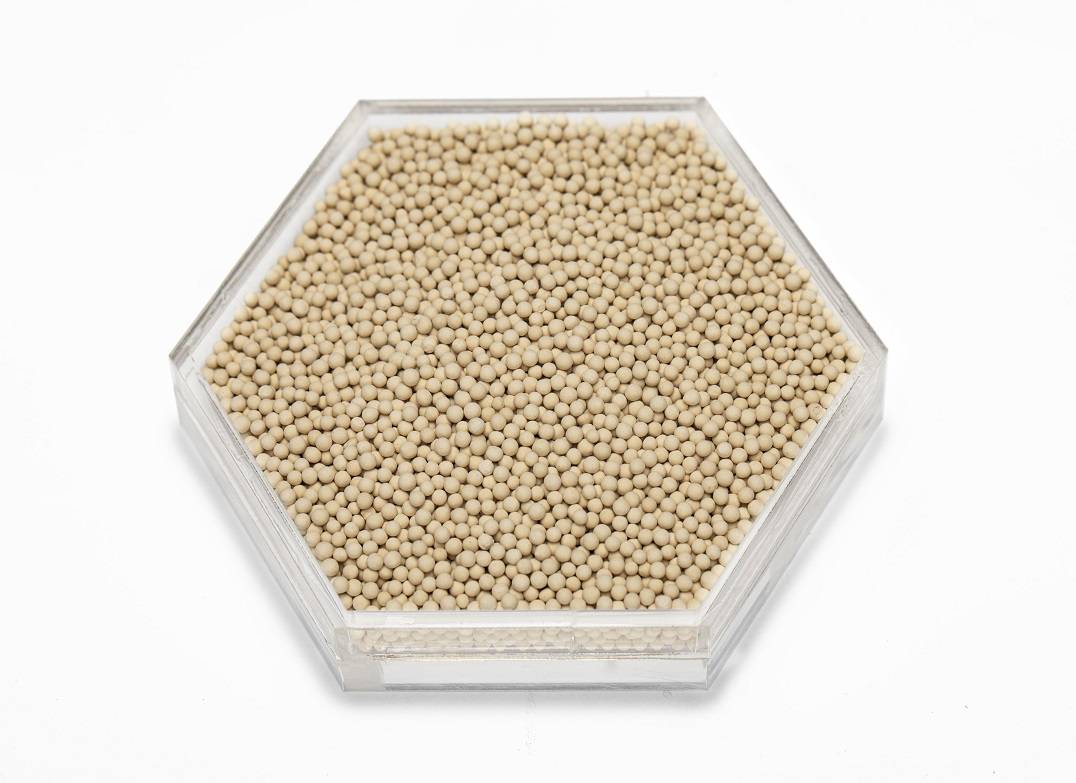The main characteristics of the JLHA-100 series are as follows:
The high-vacuum multi-layer insulation tank is mainly composed of the outer shell (carbon steel), inner tank (stainless steel), reflective material (aluminum foil), and insulation material (cellophane).
a) the adsorption capacity of PdO for H2 is about 8 times that of JLHA-100. In practical use, taking into account the influence of other factors, in order to ensure the same hydrogen adsorption performance, the recommended amount of JLHA-100 is 10-15 times that of PdO;
b) the adsorption capacity of JLHA-100 is higher than that of imported and domestic products;
c)Application of hydrogen getter in high-vacuum multi-layer insulation tank plays a key role in maintaining the vacuum degree for a long period. The maintenance of vacuum degree mainly depends on the characteristics and amount of the hydrogen getter, and whether it can work well.




